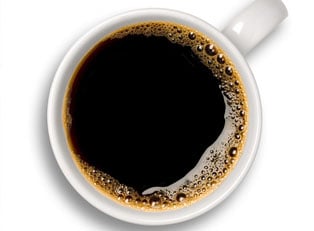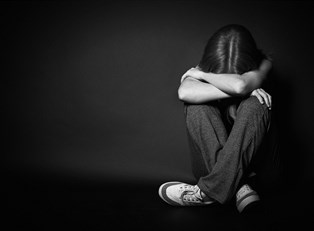Prescription drugs enable people with a variety of illnesses to function and live normal lives, but these medical miracles can quickly become nightmares when they are abused. Prescription drug addiction may involve acquiring and taking a medication without prescription, exceeding a prescription dose, altering the method of administration, or combining medications with alcohol or other substances. People who have become dependant on a prescription drug perform these acts to fulfill the body's need for the drug.
Prescription drug addiction typically involves pain medication or substances used in the treatment of anxiety or attention deficit disorders. Listed below are some addictive prescription drugs.
- Codeine
- Diphenoxylate: Lomotil
- Fentanyl: Duragesic
- Hydrocodone: Vicodin
- Hydromorphone: Dilaudid
- Meperidine: Demerol
- Morphine: Avinza and Kadian
- Oxycodone: Oxycontin and Percocet
- Oxymorphone: Opana
- Propoxyphene: Darvon
- Benzodiazepines: alprazolam, diazepam, estazolam, and triazolam
- Sleep medications: eszopiclone, zalepon, and zolpidem
- Barbiturates: mephobarbital, phenobarbital, and pentobarital sodium
- Amphetamines: Adderall, Focalin, and Strattera
- Dextroamphetamine: Dexedrine
- Methylphenidate-Concerta: Ritalin
Opioid Pain Relievers
Central Nervous System Depressants
Stimulants
Signs of Prescription Drug Addiction
There are a number of signs that indicate a possible prescription drug addiction. These include the act of taking medications to avoid withdrawal symptoms, feelings of powerlessness concerning stopping drug use, changes in lifestyle to accommodate drug habit, continued drug use despite awareness of hazards, and drug tolerance, which means that a person requires a higher dosage of a drug to attain effects similar to those experienced in early use.
People addicted to prescription drugs may also experience alterations in appetite and sleeping patterns, lack of personal care, feelings of lethargy, lack of motivation, financial or legal problems, and changes in social circles or hobbies.
Prescription Drug Addiction Treatment
When struggling with addiction, kicking the habit may seem impossible. However, help is never out of reach. The key involves getting the appropriate treatment and a continuous support system. The first step in getting help is recognizing the need. When considering treatment options for prescription drug addiction, remember that each individual's needs differ. Methods of treatment should be customized to address the needs of each client.
Some people may prefer to attempt self-help treatment accompanied by attending community-based addiction groups or 12-step programs. However, addiction treatment often requires medically managed detoxification in a residential facility or hospital. The initial stage of treatment entails the time period needed to eliminate the substance from the body. The side effects that occur during this time commonly require medications to help reduce symptoms and continued monitoring by healthcare staff.
Following detox, individuals undergo therapy sessions that address behavioral problems, mental illness, and social reasons that contribute to addiction. Treatment at short- or long-term treatment facilities may last anywhere from three or four weeks to an entire year. Upon release from a live-in treatment center, continued success and sobriety frequently requires clients to attend routine outpatient services.



